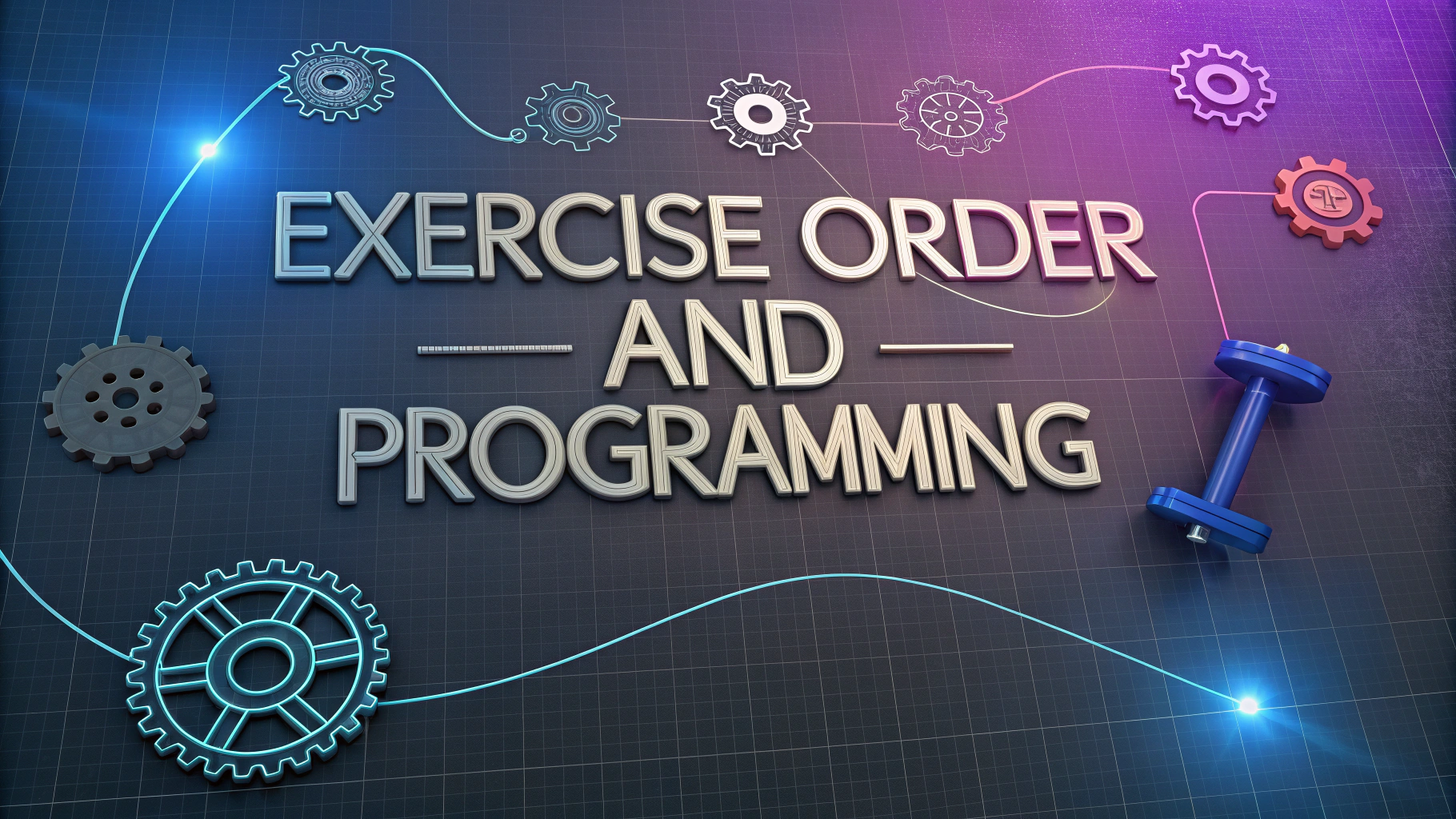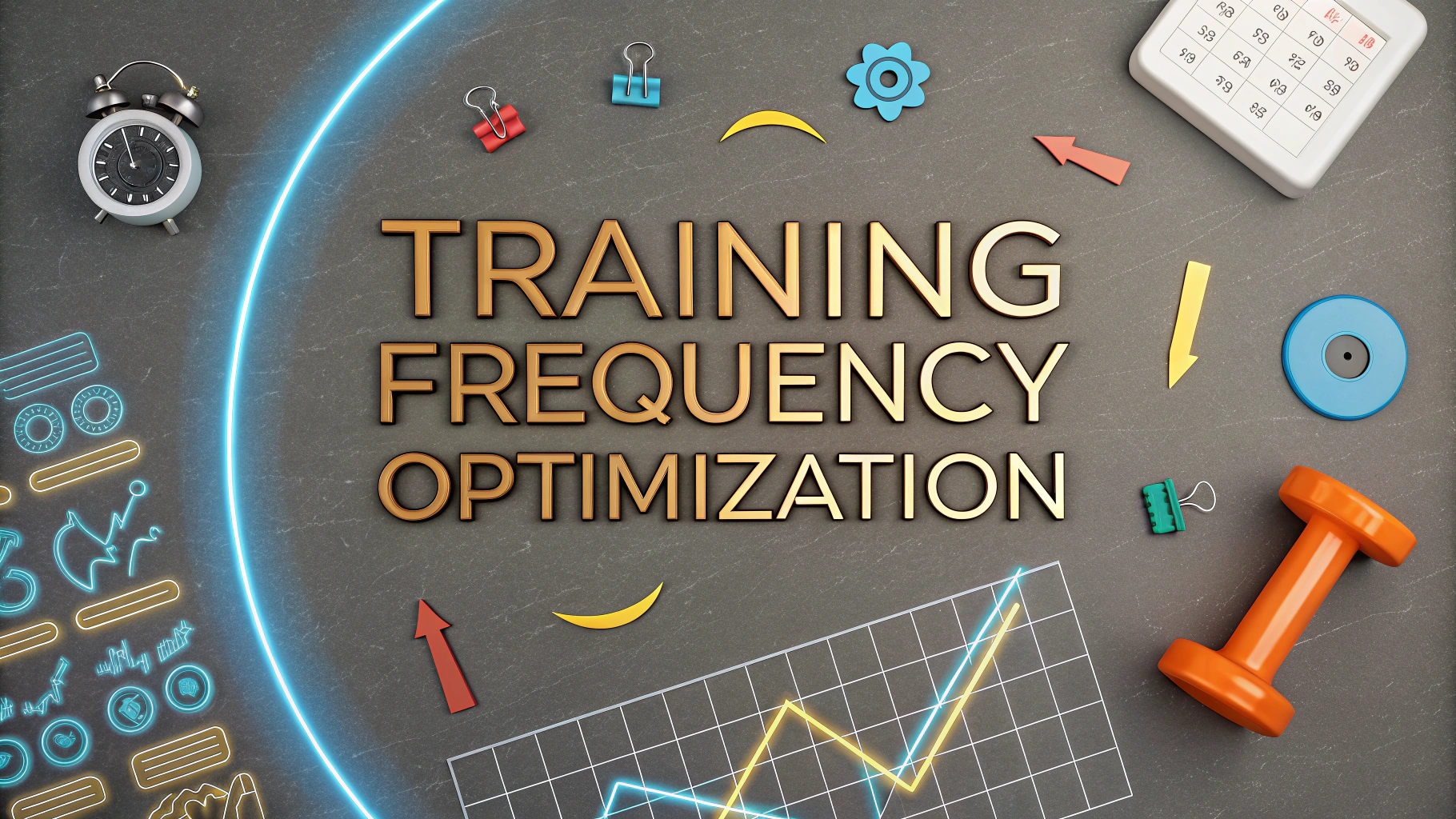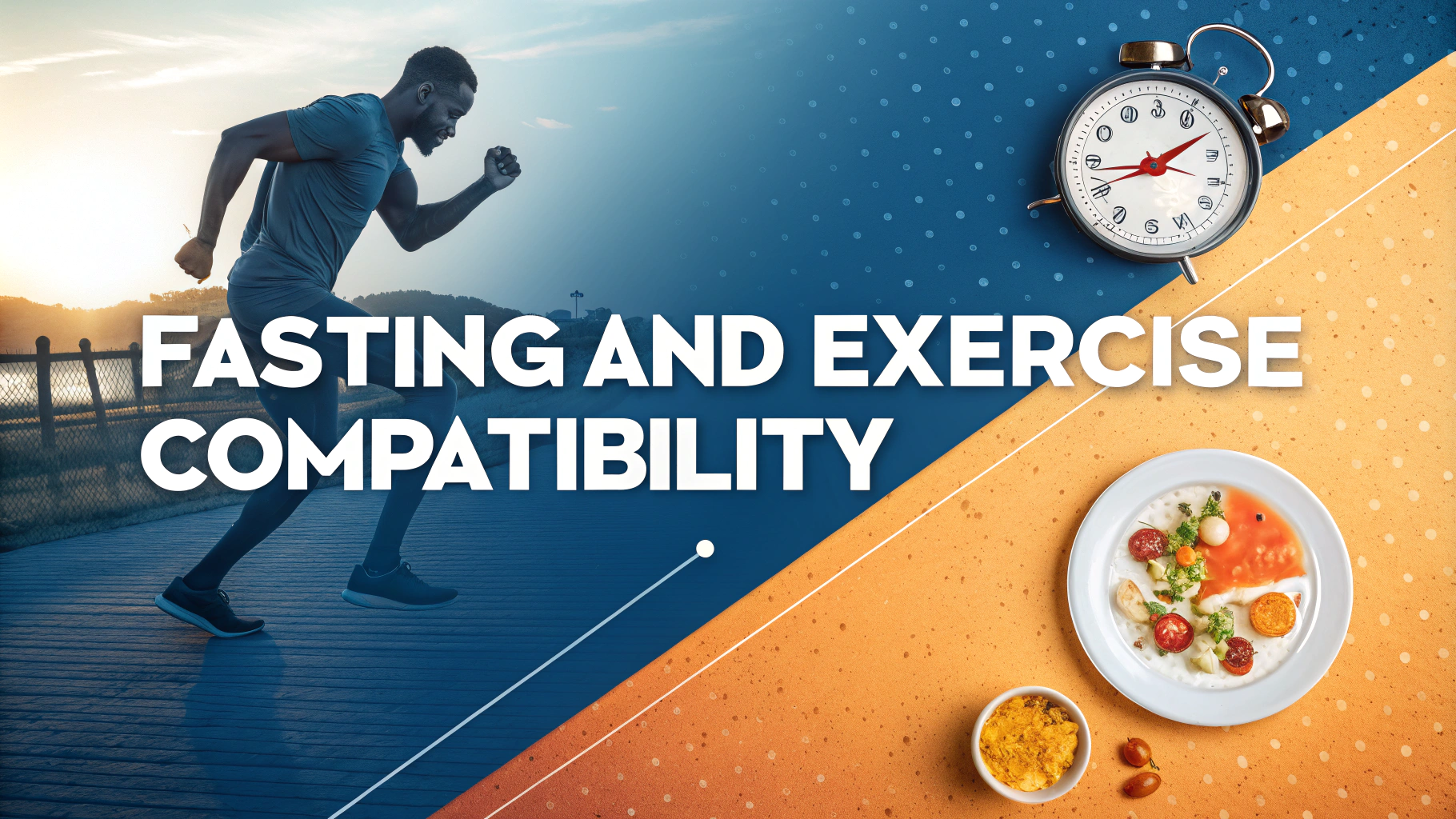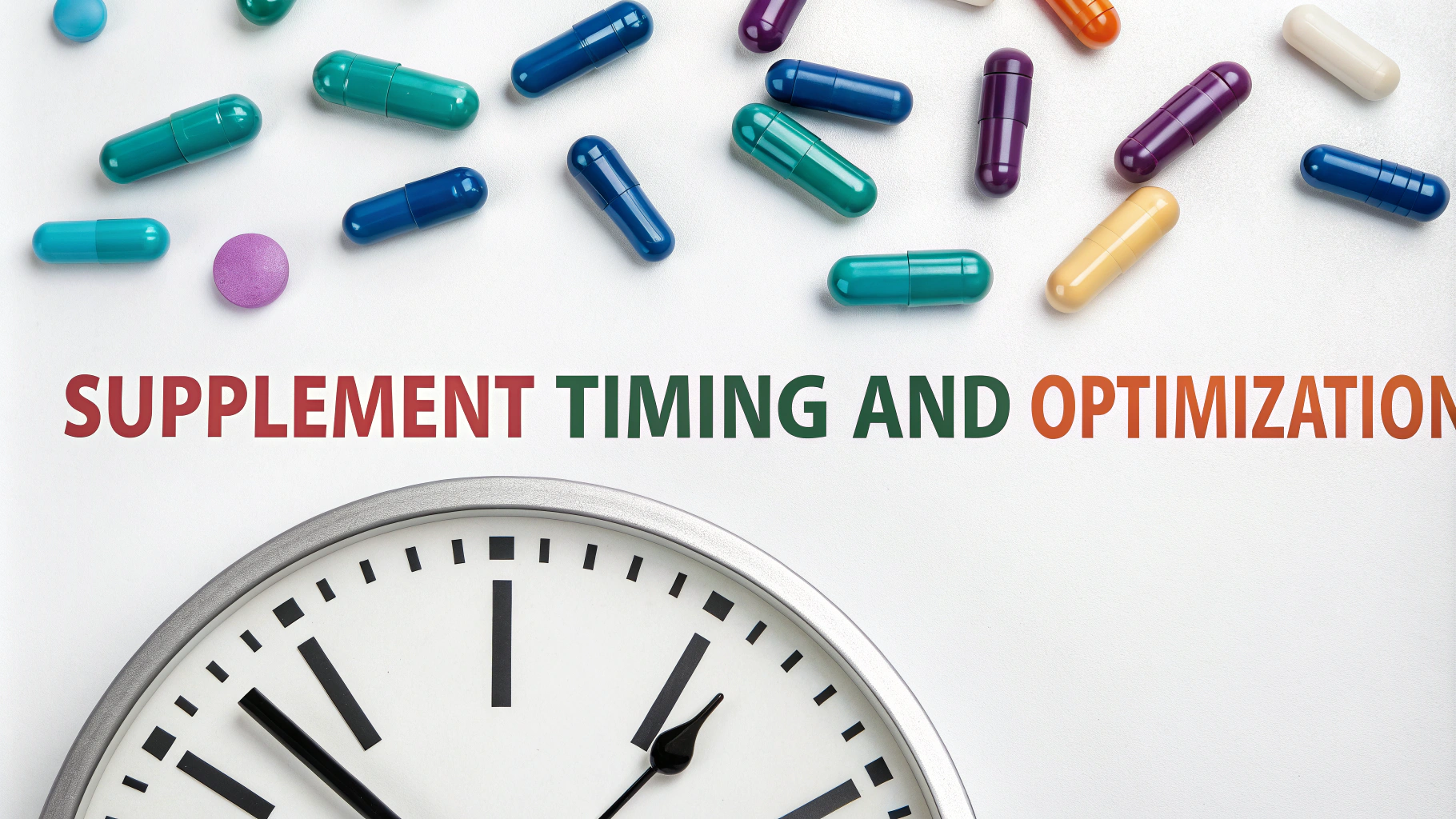Maintaining balance between career demands, personal life, and fitness goals can feel like walking a tightrope.
Quick Time-Management Tips
- Schedule workouts like meetings – block specific times
- Pack gym clothes the night before
- Use lunch breaks for quick workouts
- Combine social time with active activities
Efficient Workout Strategies
High-Intensity Interval Training (HIIT) can deliver results in just 20-30 minutes.
Sample 20-Minute HIIT Workout
| Exercise | Time |
|---|---|
| Burpees | 30 seconds |
| Mountain Climbers | 30 seconds |
| Jump Squats | 30 seconds |
| Rest | 30 seconds |
Meal Prep Basics
Sunday meal prep can save hours during weekdays and keep nutrition on track.
Quick Meal Prep Ideas
- Overnight oats for breakfast
- Mason jar salads for lunch
- Pre-cut vegetables for quick dinners
- Portion-controlled snack containers
Workplace Wellness
- Stand or walk during phone calls
- Use a standing desk
- Take stretch breaks every hour
- Keep healthy snacks at your desk
Family Integration Tips
- Family bike rides or hikes on weekends
- Active video games with kids
- Sports leagues that welcome families
- Morning workouts before everyone wakes up
Sleep and Recovery
Quality sleep supports both work performance and fitness goals.
Sleep Optimization Tips
- Set consistent bedtime and wake times
- Create a dark, cool sleeping environment
- Avoid screens 1 hour before bed
- Use white noise or sleep apps if needed
For personalized fitness planning, consider consulting a certified personal trainer (find one through ACE Fitness).
Additional support for workplace wellness programs can be found through the Wellness Council of America.
Progress Tracking
- Use fitness apps to log workouts
- Track meals with apps like MyFitnessPal
- Take monthly progress photos
- Record energy levels and mood
Mental Wellness Integration
- Practice mindfulness during commute
- Use meditation apps during breaks
- Set boundaries between work and personal time
- Schedule regular mental health check-ins
Travel and Business Support
Hotel Workout Options
- Resistance band exercises
- Bodyweight routines
- Hotel gym scheduling
- Walking meetings with clients
Social Support Systems
- Join workplace fitness challenges
- Create accountability partnerships
- Share goals with family members
- Connect with online fitness communities
Regular Assessment
- Monthly goal review
- Quarterly fitness assessments
- Work-life balance evaluation
- Schedule adjustments as needed
Conclusion
Balancing work, life, and fitness requires strategic planning and consistent execution. Success comes from integrating healthy habits into daily routines rather than treating them as separate obligations. Start with small changes, build gradually, and adjust strategies as needed. Remember that perfect balance isn’t the goal – sustainable progress is.
Connect with local fitness communities and workplace wellness programs for additional support and resources. Regular assessment and adjustment of your strategies will help maintain long-term success in achieving both career and health goals.
FAQs
- How can I find time to exercise with a busy work schedule?
Start with short 15-30 minute workouts, schedule them like meetings, exercise during lunch breaks, or wake up earlier. High-Intensity Interval Training (HIIT) can provide effective results in less time. - What’s the minimum amount of exercise needed to maintain good health?
The CDC recommends 150 minutes of moderate aerobic activity or 75 minutes of vigorous aerobic activity weekly, plus strength training at least twice per week. - How can I meal prep efficiently to maintain healthy eating habits?
Dedicate 2-3 hours on weekends to batch cook proteins, grains, and vegetables. Use portion-controlled containers and prepare grab-and-go snacks for the workweek. - What are the best exercises for people who sit at a desk all day?
Focus on posture-improving exercises like shoulder rolls, desk stretches, walking breaks, and after-work activities that target the posterior chain, including yoga and back strengthening exercises. - How can I prevent workout burnout while managing work stress?
Listen to your body, vary workout intensity, include rest days, practice stress-management techniques, and ensure adequate sleep of 7-9 hours per night. - What should I eat before and after workouts when on a tight schedule?
Pre-workout: easily digestible carbs and protein 1-2 hours before exercise. Post-workout: protein and carbs within 30 minutes, using convenient options like protein shakes or prepared meals. - How can I maintain consistency with fitness goals during busy periods?
Set realistic goals, track progress, use calendar blocking, find an accountability partner, and create backup plans for extremely busy days. - What are effective ways to combine family time with fitness activities?
Plan active family outings, join family-friendly sports, take evening walks together, or participate in parent-child fitness classes. - How can I stay motivated when work demands increase?
Set specific, measurable goals, reward progress, maintain a workout log, join fitness communities, and remember that even short workouts are beneficial. - What strategies help in managing stress while maintaining fitness goals?
Practice mindfulness, incorporate stress-reducing activities like yoga or meditation, maintain regular exercise routines, and ensure proper nutrition and hydration.







